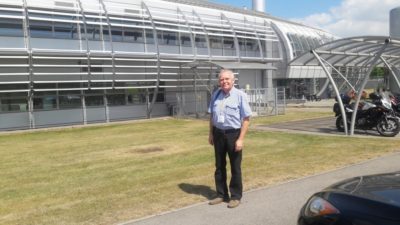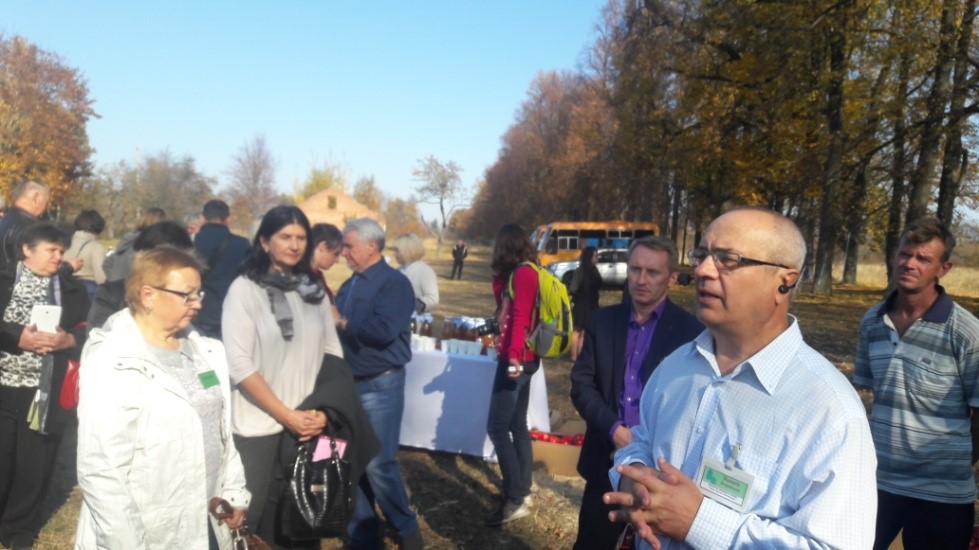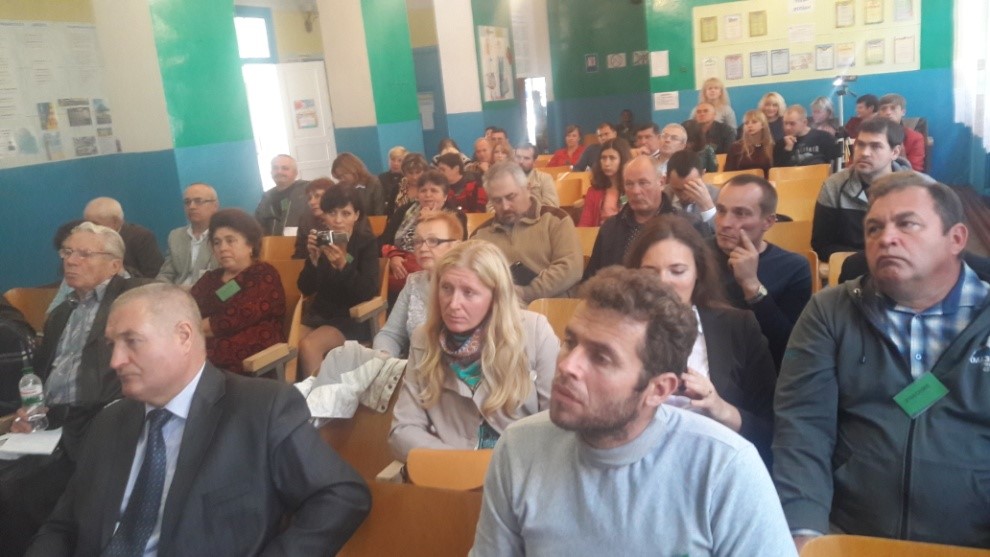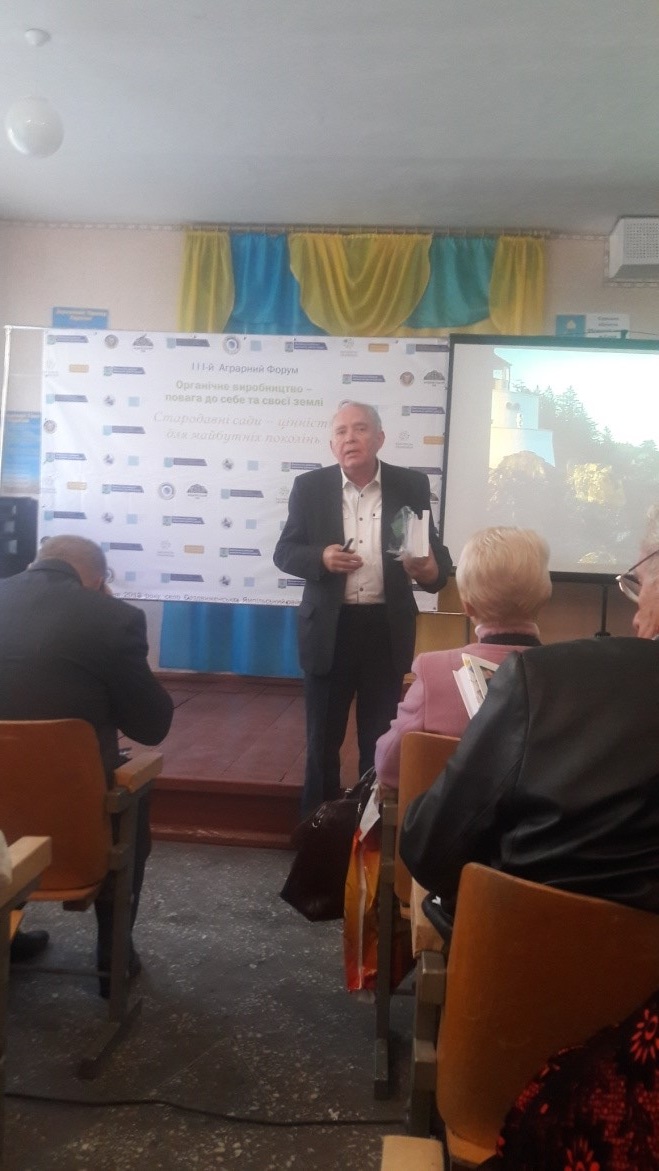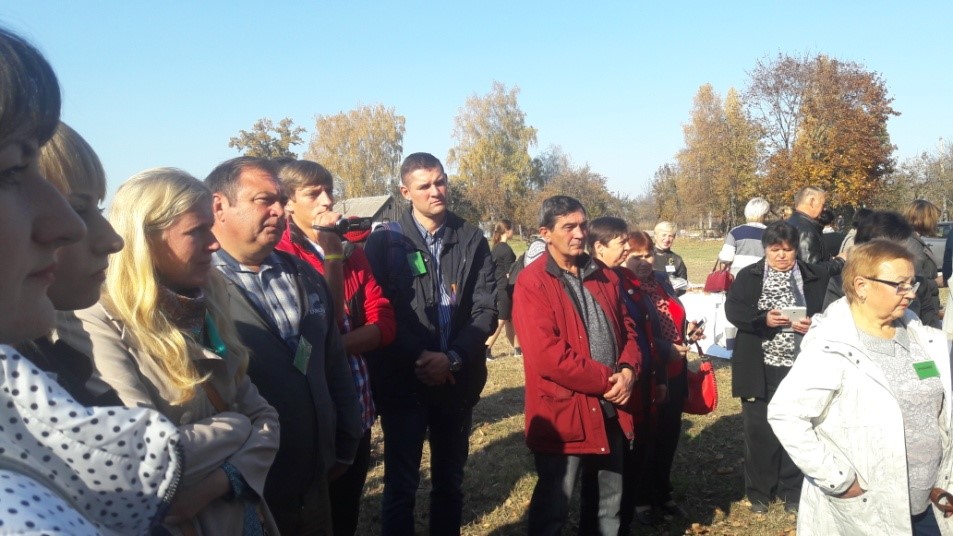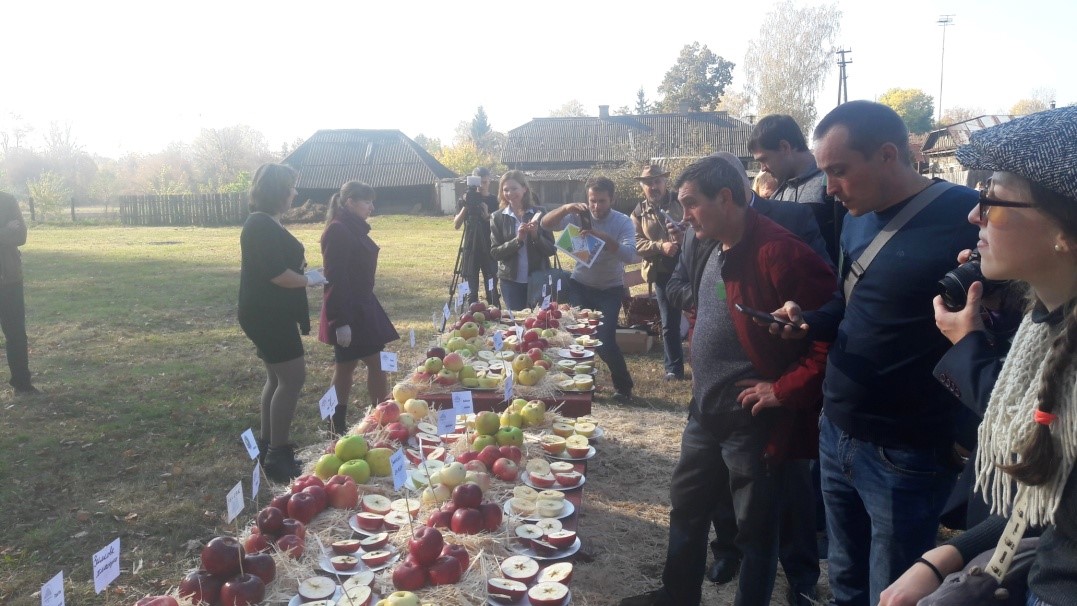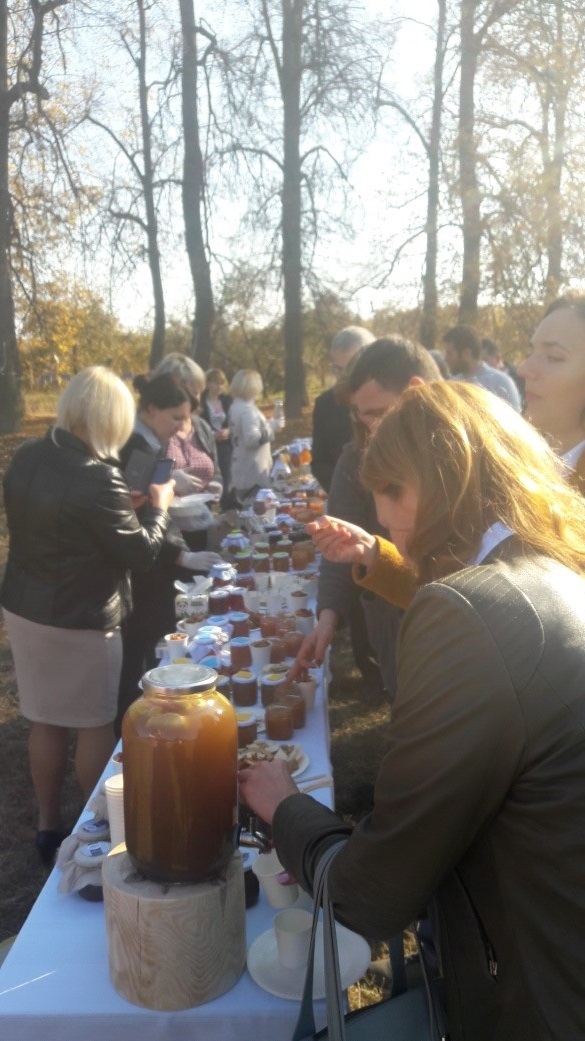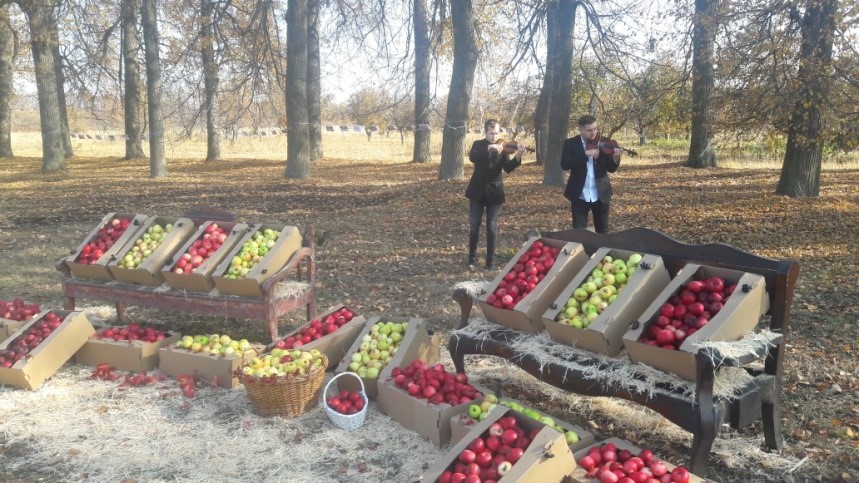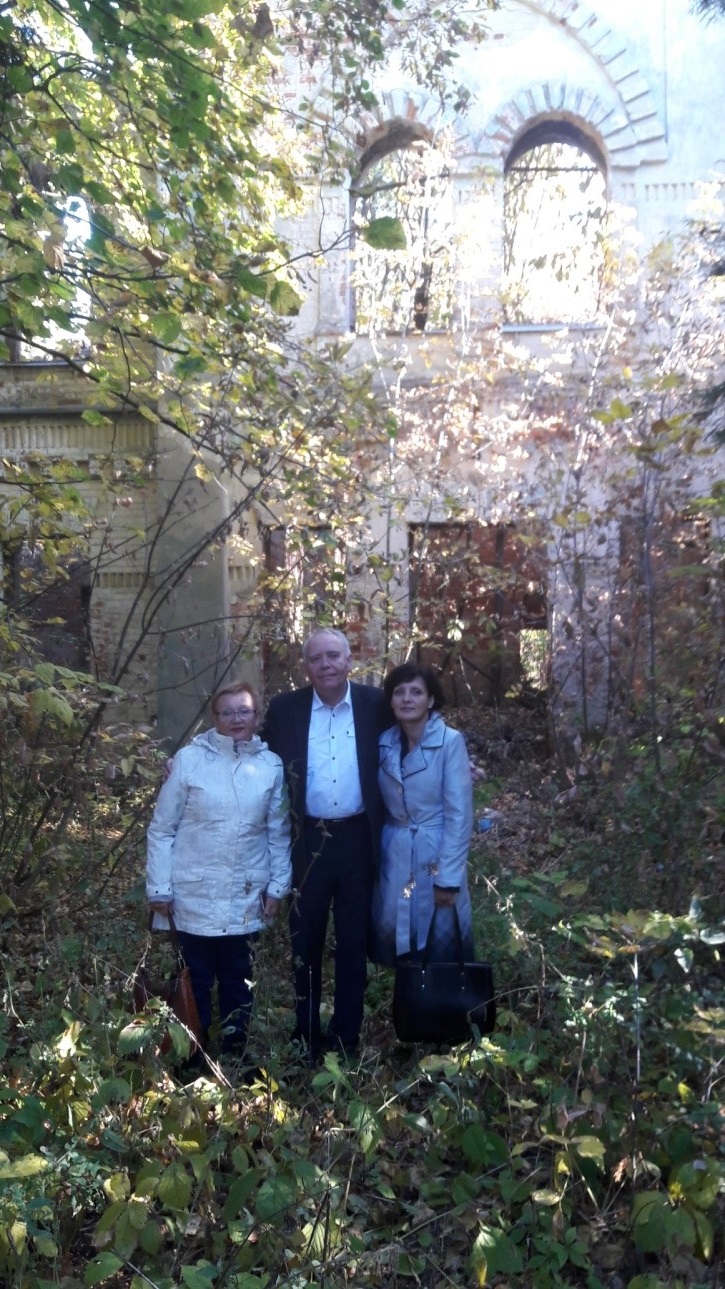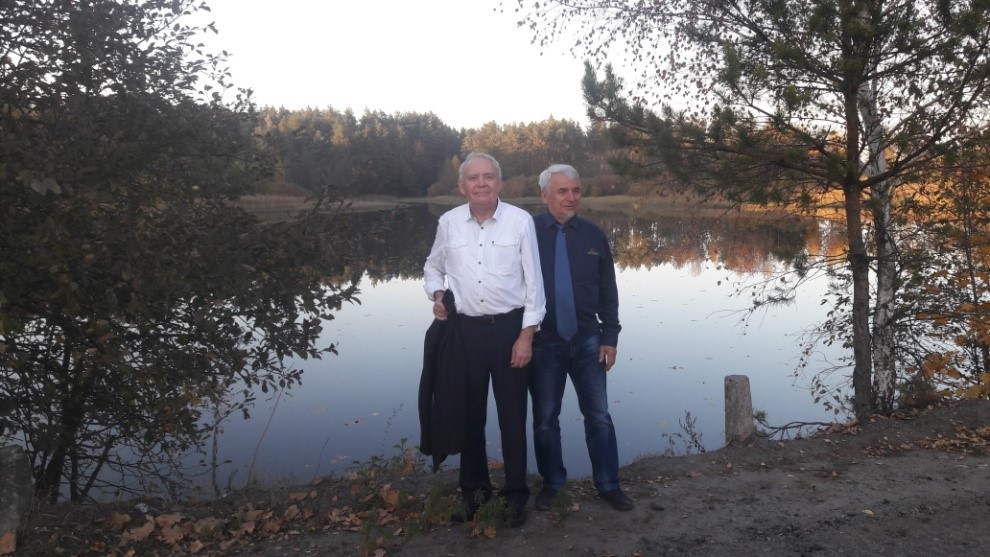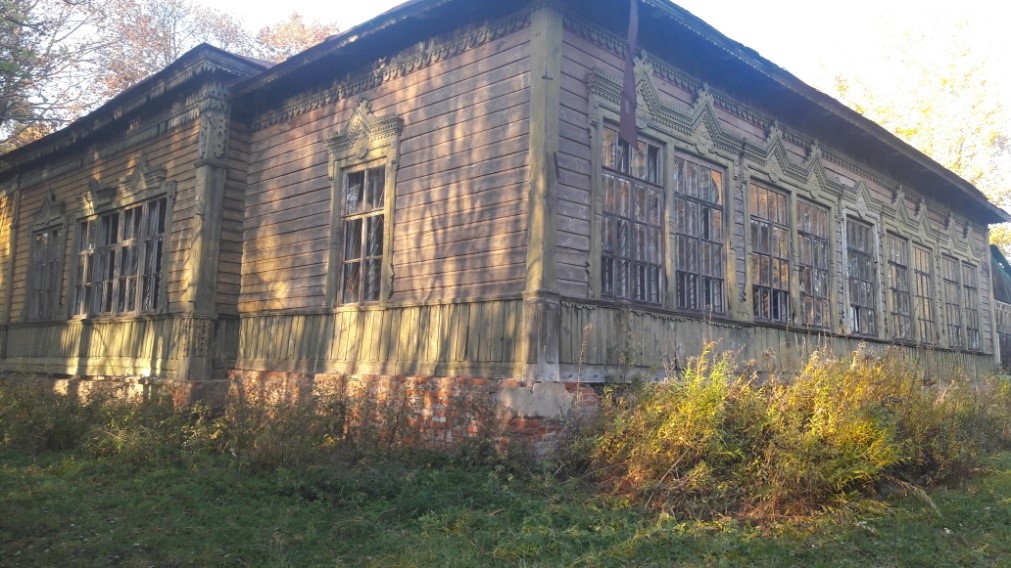Former N.N. Nepliuiev’s house requires urgent reconstruction
Information about Khestovozdvizhensk Labour Brotherhood
Khestovozdvizhensk Brotherhood founded by N.N. Nepliuiev. Almost half a century (from 1881 to 1929) it surprised the world with its organization, moral principles and advanced innovations.
The Brotherhood used the most advanced technologies, tools, and information. At the end of the XIX century, the settlements of the Brotherhood – the Villages of Vozdvizhensk and Rozhdestvensk used telephones. The beginning of the twentieth century brought electrification and mechanization of the economy.
At the beginning of the XX century education for population of the Brotherhood was free of charge. It was practically comparable to the modern higher education (totally, the Brotherhood members studied for 9 years in the primary school and special agricultural school. It happened in the country of almost completely illiterate population). All Brotherhood members received musical and artistic education. The Brotherhood also provided free primary education and medical assistance to residents of other surrounding villages.
Except advanced agricultural and industrial production (engineering, construction materials, wood processing) the Brotherhood had its own theatre, symphony orchestra, ballet studio, folk instruments orchestra, publishing house. A black and white photograph had been used since 1880, and a color photograph since 1916. Pilgrims came to the Brotherhood, and the reception service and information support functioned.
Being a small settlement (about 600 people at the beginning of the 1920s) the Brotherhood gave the society, without exaggeration, dozens of outstanding personalities: scientists, designers, writers, artists, musicians, singers, conductors, leaders of various spheres of the national economy. Not a single case of theft was recorded in the history of the Brotherhood. The houses of the Brotherhood members drowned in greenery and flowers. The Brotherhood members spent leisure time in a shady park among the cascade of lakes.
In anomalously terrible historical conditions (two revolutions and an exhaustive civil war) the Brotherhood steadily ascended. Thanks to technologies that synergetically linked man’s work with its managerial beginning and natural forces, there was not a single crop failure in the entire history of the Brotherhood. Crop yields in the Brotherhood exceeded those of the neighboring farms 3-5 times.
In modern conditions, we would call the Brotherhood economy an industrial-agrarian cluster. The production of the main product became more and more informative: developing new technologies of different activities, creating new plants varieties (apples, grasses, and flowers), breeding animals. The Brotherhood production was wasteless.
In 1929, the Soviet government ruined the Brotherhood economy, and its inhabitants were completely evicted.
